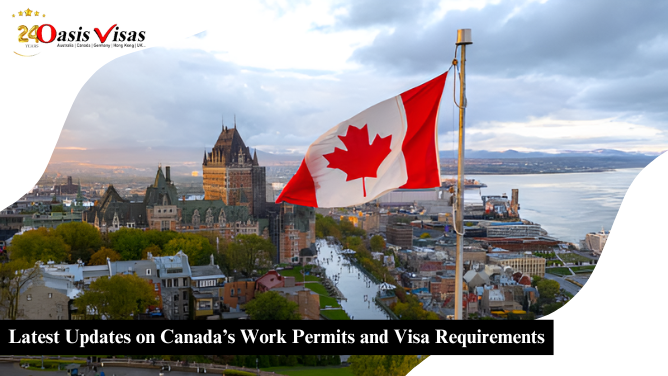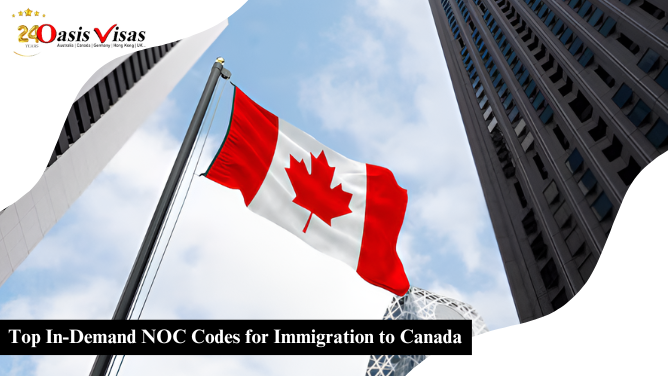
In Canada, the immigration landscape offers multiple pathways for skilled workers seeking to obtain permanent residency (PR). Among the most prominent routes are the Express Entry system and Provincial Nominee Programs (PNPs). Both options cater to different aspects of Canada’s labor market needs and regional economic priorities. Understanding the distinctions between Express Entry and PNPs is crucial for applicants navigating the Canadian immigration process.
Overview of Express Entry
The Express Entry system was introduced by Immigration, Refugees and Citizenship Canada (IRCC) in 2015 to manage applications for three federal economic immigration programs:
– Federal Skilled Worker Program (FSWP)
– Federal Skilled Trades Program (FSTP)
– Canadian Experience Class (CEC)
Key Features of Express Entry:
1. Comprehensive Ranking System (CRS): Applicants create a profile detailing their age, education, work experience, language proficiency, and other factors. Each profile is assigned a CRS score, based on which candidates are ranked against each other.
2. Invitations to Apply (ITA): Regular draws are conducted from the Express Entry pool, inviting candidates with the highest CRS scores to apply for PR.
3. Federal Programs: Successful candidates under Express Entry are eligible to apply for PR under one of the federal economic immigration programs.
4. Fast Processing: Applications under Express Entry are processed within six months, making it one of the fastest routes to PR in Canada.
5. No Job Offer Required: While having a job offer can boost CRS scores, it is not mandatory for eligibility in the Express Entry system.
Overview of Provincial Nominee Programs (PNPs)
PNPs are immigration programs conducted by particular provinces and territories in Canada. These programs are designed to address specific labor market needs and economic priorities of each province or territory. PNPs allow provinces to nominate individuals who have the skills, education, and work experience required to contribute to the local economy.
Key Features of PNPs
1. Provincial Control: Each province and territory in Canada (except for Quebec, which has its own selection system) operates its own PNP with unique eligibility criteria and streams.
2. Targeted Selection: PNPs are tailored to meet the specific labor market needs and economic goals of each province or territory. This includes targeting occupations in high demand or specific sectors.
3. Enhanced Nomination Streams: Some PNPs have enhanced streams aligned with Express Entry, allowing provinces to nominate candidates directly from the Express Entry pool.
4. Job Offer Requirements: Many PNPs require candidates to have a valid job offer from an employer in the province or territory. This job offer can significantly enhance the candidate’s chances of receiving a nomination.
5. Streamlined Processes: PNPs often have streamlined nomination processes compared to federal programs, providing quicker pathways to PR for eligible candidates.
Key Differences Between Express Entry and PNPs
1. Selection Criteria:
Express Entry: Candidates are ranked based on the CRS score, which considers factors such as age, education, work experience, language proficiency, and adaptability factors.
PNPs: Each PNP has its own selection criteria, which may include factors such as job offer in the province, work experience in a specific occupation, ties to the province, language proficiency, and education.
2. Job Offer Requirement:
Express Entry: While having a job offer can increase CRS scores, it is not mandatory for eligibility in the system.
PNPs: Many PNPs require candidates to have a valid job offer from an employer in the province or territory. Some PNPs have streams aligned with Express Entry where a job offer can enhance the candidate’s CRS score.
3. Provincial Nomination:
Express Entry: Provincial nominations can be obtained through the Express Entry system if a candidate receives a nomination from a province or territory.
PNPs: PNPs directly nominate candidates who meet the specific criteria of the province or territory, without needing to go through the Express Entry pool in some cases.
4. Processing Time:
Express Entry: Applications are processed within six months from the date of submission.
PNPs: Processing times vary by province and stream but are generally faster compared to federal programs due to the targeted nature of PNPs.
5. Flexibility and Provincial Control:
Express Entry: Operated by the federal government, providing a uniform platform for all provinces and territories to nominate candidates from the Express Entry pool.
PNPs: Each province and territory has control over its PNP, allowing them to tailor immigration streams to address specific economic and demographic needs.
Both Express Entry and PNPs offer viable pathways to permanent residency in Canada, each with its own advantages and considerations. The Express Entry system is ideal for candidates without a specific provincial connection but with strong CRS scores, while PNPs cater to individuals with job offers or ties to a particular province or territory. Understanding these key differences is essential for prospective immigrants to make informed decisions and choose the pathway that best aligns with their skills, experience, and long-term goals in Canada’s diverse and dynamic economy. By leveraging the strengths of each system, applicants can maximize their chances of a successful PR application and a smooth transition to life in Canada.









